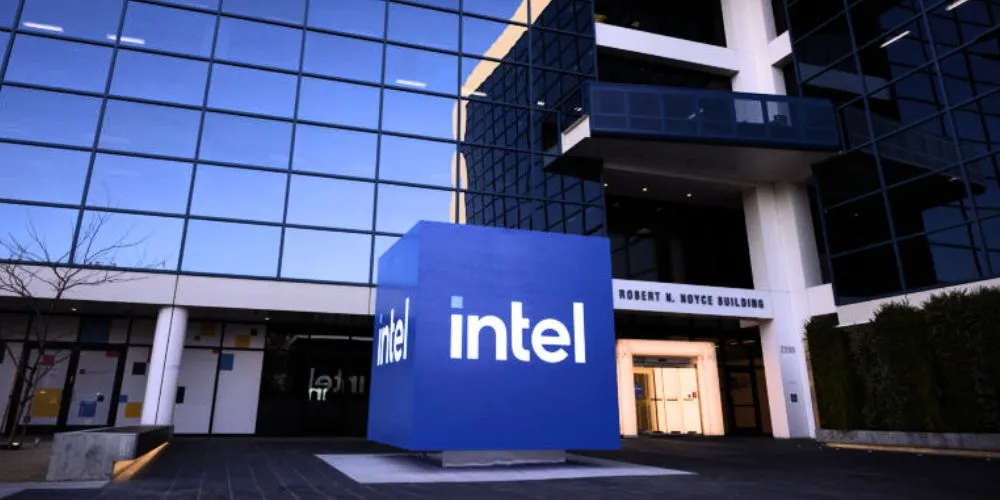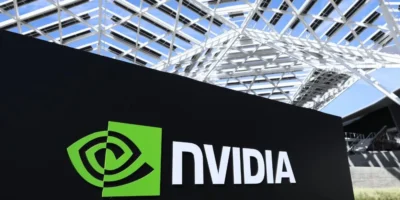The US government has taken an $8.9 billion equity stake in Intel, marking a significant shift in how the government interacts with recipients of its technology funding. The investment, announced by President Trump, comprises $5.7 billion previously allocated to Intel under the CHIPS Act and an additional $3.2 billion from the Secure Enclave program. This translates to a 9.9% ownership share in the semiconductor giant, purchased at $20.47 per share. While initially suggested as non-voting stock, the final agreement grants the government voting rights. However, Intel specifies the investment will be passive with no board representation and that the government has agreed to vote with the existing board on most shareholder matters.
This unprecedented deal stemmed from a meeting between Intel CEO Lip-Bu Tan and President Trump. Following a call from Trump for Tan’s resignation, the CEO reportedly negotiated the equity investment to secure the remaining CHIPS Act funding Intel was slated to receive. Intel was originally promised up to $10.86 billion in federal funding to expand its US chip manufacturing operations. The agreement ensures Intel receives this crucial financial support, despite the company’s ongoing struggles, including reported difficulties mass-producing its next-generation Panther Lake chips and recent workforce reductions.
The Trump administration has emphasized that this is an exceptional arrangement. Unlike the initial suggestion of non-voting shares, the government now holds voting stock, reflecting a more assertive role in Intel’s future. The administration has asserted it will not pursue similar equity deals with other CHIPS Act recipients, despite other unconventional financial partnerships being struck with other technology companies. Reports indicate that NVIDIA and AMD have secured separate agreements allowing them to export products to China in exchange for a portion of their profits. This situation highlights the evolving relationship between the US government and the technology sector, characterized by increasingly complex and financially intertwined partnerships.
This arrangement fundamentally alters the dynamics of government support for the tech industry. Instead of grants, the government is opting for equity stakes, gaining a degree of influence over the recipient companies’ operations. While the government insists this is a unique case, the precedent set could influence future government-industry collaborations, particularly in strategic sectors like semiconductor manufacturing.













